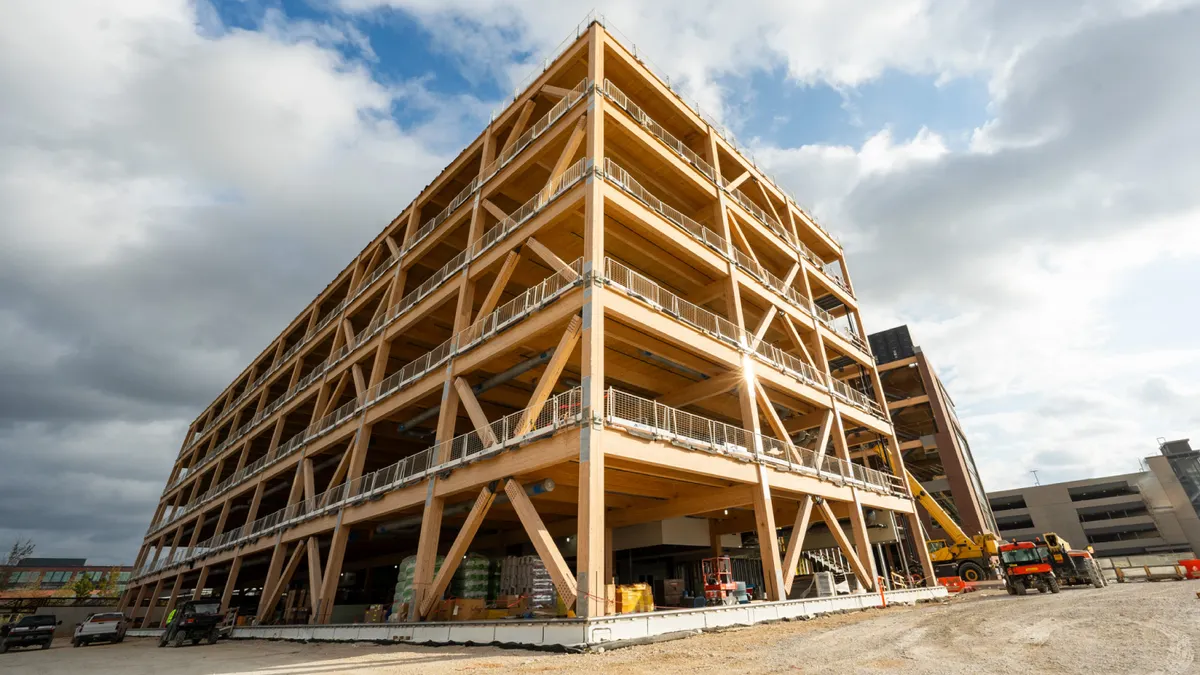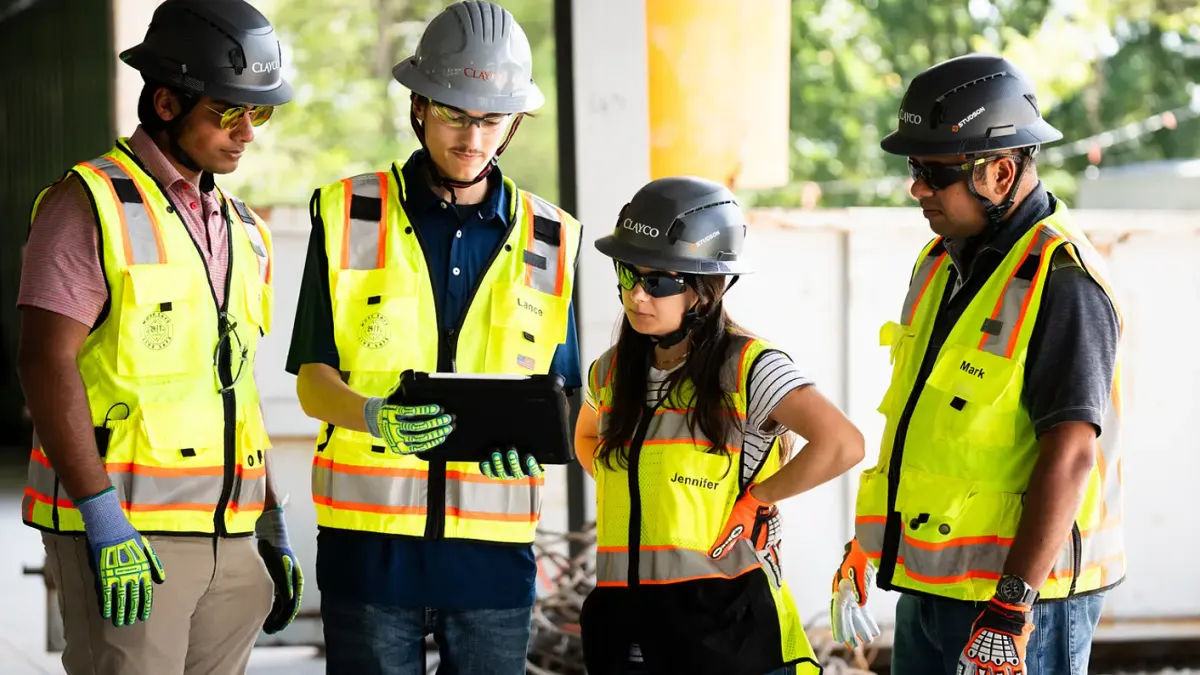Dive Brief:
-
A 1.3 million-square-foot Thousand Oaks, CA, retail center is the first U.S. property to earn the BREEAM (Building Research Establishment Environmental Assessment Method) USA In-Use certification, according to developer and owner Macerich.
-
The Oaks, built in 1978, has been upgraded to include 6,000 solar panels, LED lighting, an efficient HVAC system, a 500 ton-per-year mixed recycling system and energy-saving thermal controls.
- The U.K.-based BREEAM standard has set its sights on the nearly 6 million existing buildings in the U.S. that, it says, are not a fit for other green-building certification programs.
Dive Insight:
In August, BREEAM announced its entry into the U.S. market and touted its In-Use assessment tool as a cost-friendly option to what it claims is the more expensive and time-consuming option through the U.S. Green Building Council's LEED certification program. The tool tells building owners what current state of sustainability they are working with and gives them step-based suggestions on how to increase their environmental performance.
BREEAM USA CEO Barry Giles said that no matter the age or size or previous environmental impact of a building, it is of benefit to measure and monitor performance levels. BREEAM USA, which administers the standard and has published a U.S.-based technical manual, is an alliance between LEED consultancy group BuildingWise and the BRE Group.
In December, the company announced a collaboration with the International WELL Building Institute to determine where the two groups' programs intersect. Both standards deal with resident or occupant wellbeing, and representatives from the organizations said owners would save time and money in the certification process if the groups honored each other's crossover requirements. A partnership between the two, they said, would also provide those seeking both certifications the benefit of a more streamlined process.
The WELL standard not only looks at physical elements of a building but also the interaction between occupants and the building in an effort to achieve maximum health and wellbeing. WELL officials have said that people spend 90% of their time indoors, so their interior surroundings should contribute to their health. This includes taking a look at the toxicity level of interior materials, availability of healthy food, exercise opportunities built into office design and air quality. WELL also has a partnership with the American Institute of Architects to provide consulting and educational programs about the WELL standard to its members.












